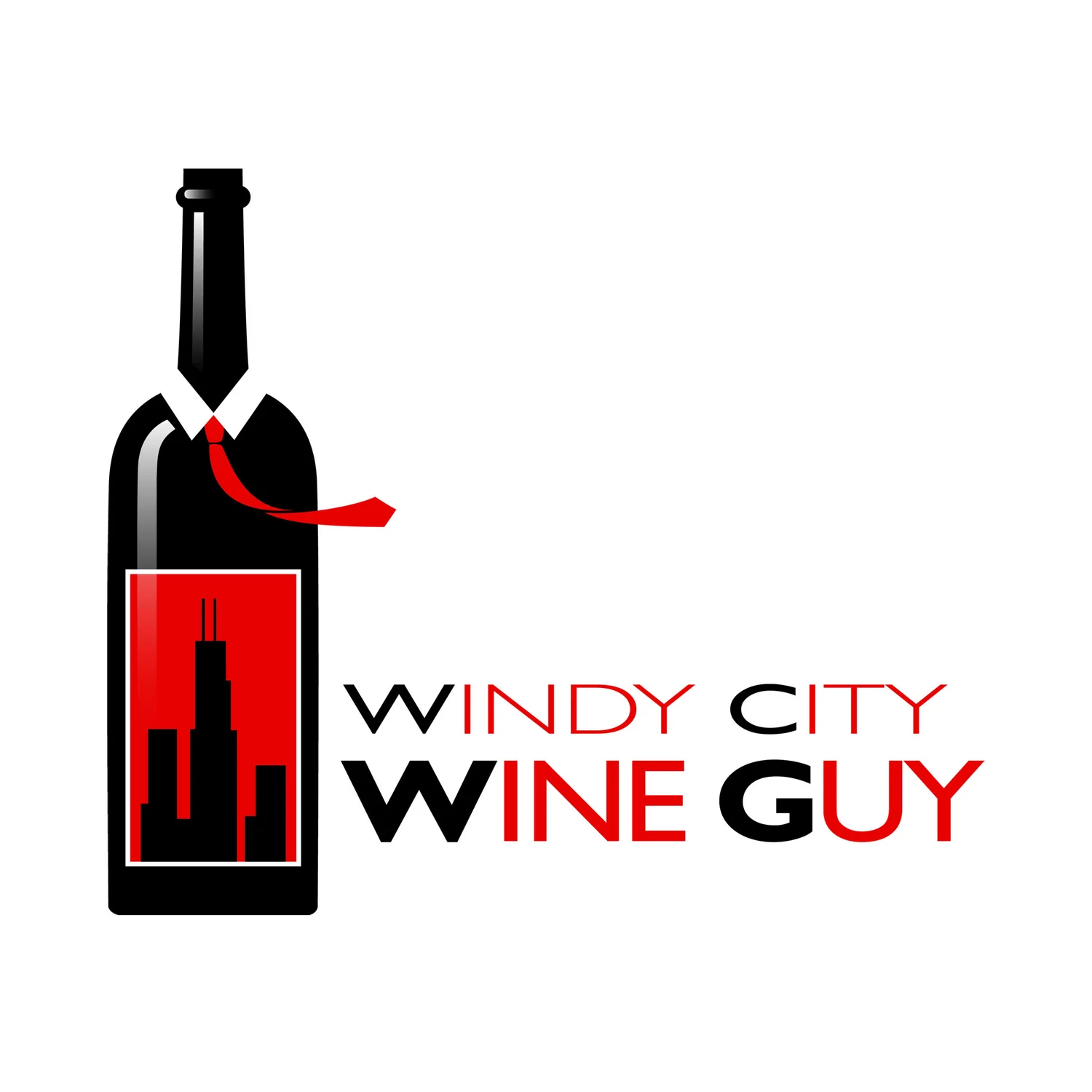Washington Wine Country
/
Washington is so diverse, it's hard to believe you can fit it all in one state! You have rain forests, beaches and cliffs in the west, mountain ranges in the middle, and desert-like conditions in the east. Over 60% of the population lives in or near Seattle, with the rest around larger cities like Spokane, Tacoma, and agrarian epicenters. Washington is a leading state for agriculture in the US and third in liters of wine produced per year, only behind California and New York.
Washington contains ten American Viticultural Areas (AVA), which are regions where the grapes grown are influenced by certain climates and geographic features. Nine of the ten are east of the Cascade Mountains and produce 99% of the state's wine grapes. The largest is the Columbia Valley AVA, which covers about one third of the state and is shared with Oregon. Seven different AVAs are contained within Columbia Valley: Horse Heaven Hills AVA, Lake Chelan AVA, Rattlesnake Hills AVA, Snipes Mountain AVA, Wahluke Slope AVA, Walla Walla Valley AVA, and Yakima Valley AVA, with a few more awaiting acceptance. The Columbia Valley was accepted as an AVA first, and each of these areas were discovered to contain unique features separating them from one another.
Columbia Gorge AVA is just west of the Columbia Valley and also runs into Oregon. It is the most diverse of all and is known as a "world of wine in 40 miles". On the other side of the Cascades, surrounding Seattle, is the Puget Sound AVA. Only 1% of all wine grapes are planted here, but the state's largest wineries call this home, such as Chateau Ste. Michelle, Andrew Will, Betz Family, Cadence, and Quilceda Creek.
Look for upcoming posts with the spotlight on each of these regions!



